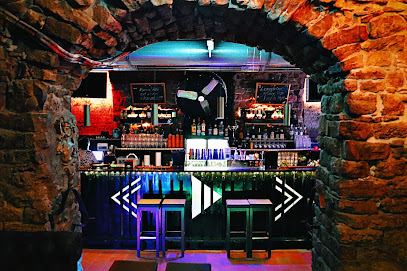
St. Paul's Church: Cradle of German Democracy
Visit the Paulskirche in Frankfurt: a symbol of German democracy, where the first German parliament convened in 1848, shaping the nation's path towards unity and freedom.
St. Paul's Church (Paulskirche) in Frankfurt am Main is more than just a building; it's a symbol of German democracy. Originally built as a Lutheran church between 1789 and 1833, it gained prominence in 1848 when it hosted the Frankfurt Parliament, the first freely elected German National Assembly. Here, representatives drafted a constitution for a unified Germany, laying the groundwork for modern German democracy. Though the initial attempt failed, the Paulskirche Constitution became a model for future constitutions. Severely damaged during World War II, it was one of the first buildings reconstructed, reopening in 1948 as a monument to freedom and unity. Today, it hosts exhibitions, ceremonies, and the prestigious Peace Prize of the German Book Trade, continuing to serve as a reminder of Germany's democratic ideals and its journey towards national unity. A visit offers a chance to reflect on history and the enduring pursuit of democratic values.
A brief summary to St. Paul's Church, Frankfurt am Main
- Paulsplatz 11, Frankfurt, Innenstadt I, 60311, DE
Local tips
- Visit the permanent exhibition in the basement to learn about the history of the Frankfurt Parliament and the struggle for German democracy.
- Check the schedule for special events, such as the awarding of the Peace Prize of the German Book Trade, to experience the Paulskirche in action.
- Take a walk around Paulsplatz to admire the architecture and soak in the atmosphere of this historic square.
- Combine your visit with a trip to nearby attractions such as the Römerberg, Frankfurt Cathedral, and the Goethe House.
- Be aware that the Paulskirche is sometimes used for official municipal functions, so check accessibility beforehand.
Getting There
-
Public Transport
St. Paul's Church is easily accessible via Frankfurt's efficient public transport system. From Frankfurt Hauptbahnhof (main train station), take the U-Bahn line U4 or U5 to the 'Dom/Römer' station. Alternatively, take tram line 11 or 12 to the 'Römer/Paulskirche' stop. From either stop, it's a short walk, following signs for Paulskirche. A single ride on the U-Bahn or tram costs approximately €3.00.
-
Walking
If you are already in Frankfurt's city center, walking to St. Paul's Church is a pleasant option. From the Römerberg (the main square), head north towards Paulsplatz. The church is located directly on the square and is easily visible. The walk from Römerberg takes only a few minutes.
-
Taxi/Ride-Share
Taxis and ride-sharing services are readily available in Frankfurt. A taxi ride from Frankfurt Hauptbahnhof to St. Paul's Church typically costs between €8 and €12, depending on traffic. Ride-sharing services like Uber or Bolt offer similar pricing. Simply provide 'Paulsplatz 11, Frankfurt' as your destination.
-
Driving
While driving to St. Paul's Church is possible, parking in the immediate vicinity is limited and can be expensive. Consider parking at a nearby parking garage such as the 'Parkhaus Börse' or 'Parkhaus Hauptwache' and walking the remaining distance. Parking fees typically range from €3 to €5 per hour. Be aware of Frankfurt's low-emission zone; ensure your vehicle meets the required standards.
Discover more about St. Paul's Church, Frankfurt am Main
Iconic landmarks you can’t miss
St. Paul's Church, Frankfurt am Main
0.0 km
Visit the Paulskirche in Frankfurt: a symbol of German democracy, where the first German parliament convened in 1848, shaping the nation's path towards unity and freedom.
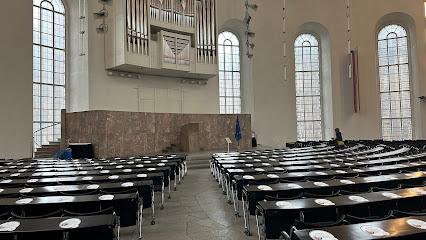
Gedenktafel Bücherverbrennung
0.2 km
Discover the Gedenktafel Bücherverbrennung, a poignant memorial in Frankfurt highlighting the importance of free expression and the history of censorship.
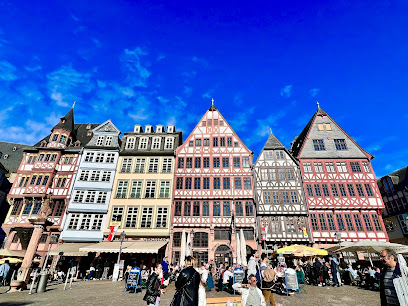
Historisches Museum Frankfurt
0.2 km
Explore Frankfurt's captivating history at the Historisches Museum, from Roman settlements to a modern metropolis, through immersive exhibits and historical artifacts.
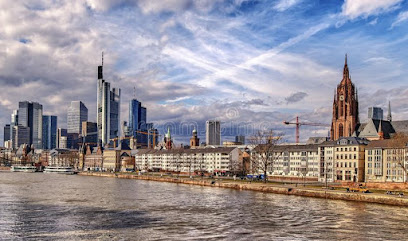
Mainkai
0.3 km
Discover Frankfurt's vibrant heart on Mainkai, a scenic riverside promenade blending history, culture, and stunning views of the Main River and city skyline.
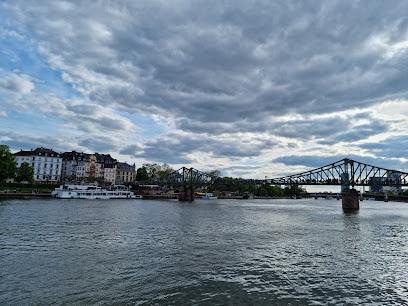
An der Hauptwache
0.3 km
Experience Frankfurt's vibrant heart at Hauptwache, a historic square blending baroque architecture with modern shopping and dining, offering a central hub for exploring the city.
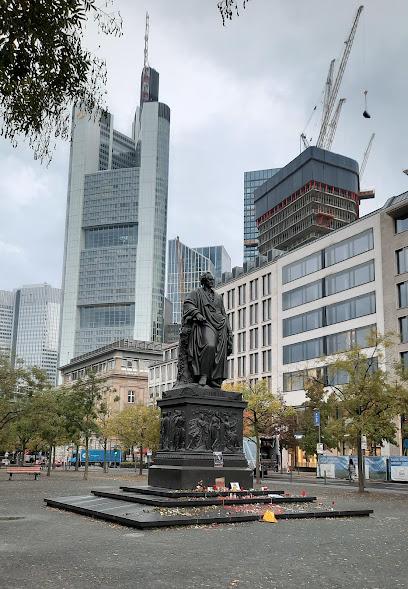
Steigenberger Frankfurter Hof
0.4 km
Experience timeless luxury in the heart of Frankfurt at the Steigenberger Frankfurter Hof, where historical elegance meets modern sophistication, offering Michelin-starred dining and a world-class spa.

Eiserner Steg
0.4 km
Walk across Frankfurt's iconic Eiserner Steg, a historic bridge adorned with love locks, offering stunning skyline views and connecting the city's vibrant heart with the charming Sachsenhausen district.
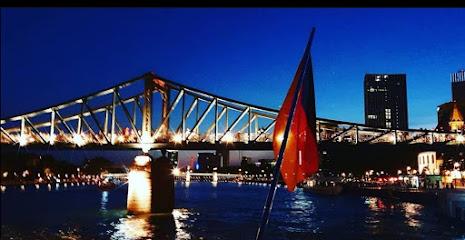
Goethepl.
0.4 km
Explore Goetheplatz in Frankfurt, a vibrant square rich in culture, art, and history, perfect for immersing in the city's local life.
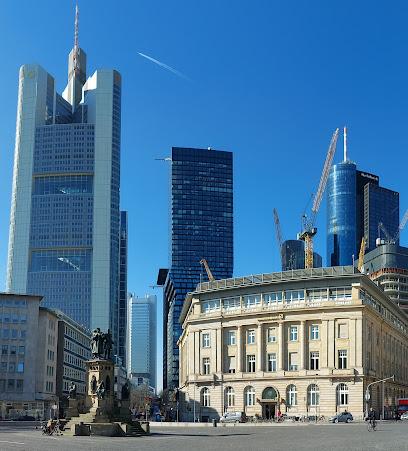
Brockhaus Fountain
0.4 km
Discover the captivating Brockhaus Fountain on Frankfurt's Zeil, a unique marble sculpture blending modern motifs with artistic tradition in the heart of the city's bustling shopping district.
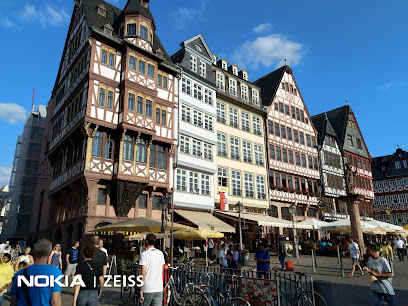
Staufenmauer
0.5 km
Discover the historic Staufenmauer in Frankfurt, a remarkable landmark that offers a glimpse into the city's medieval past amidst a vibrant urban landscape.
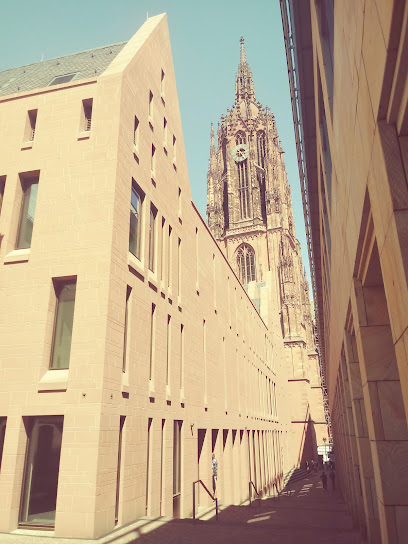
Taunusturm
0.5 km
Discover Taunusturm, Frankfurt's iconic skyscraper, offering stunning views and a glimpse into the city's modern architectural marvels.
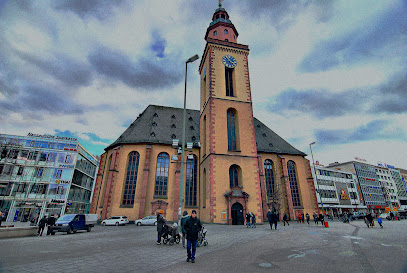
Charlemagne Monument
0.6 km
Explore the Charlemagne Monument in Frankfurt, a stunning tribute to history and culture that captivates visitors with its grandeur and significance.

Skyline Frankfurt City
0.6 km
Experience Frankfurt's iconic skyline from the historic Alte Brücke, a pedestrian-friendly bridge offering stunning views and easy access to Sachsenhausen and the city center.
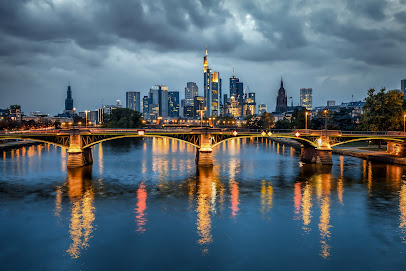
Alte Brücke
0.6 km
Discover the Alte Brücke, Frankfurt's historic bridge offering stunning views and a glimpse into the city's architectural heritage.

Willy-Brandt-Platz, Frankfurt
0.6 km
Experience Frankfurt's vibrant heart at Willy-Brandt-Platz, a dynamic square where modern architecture meets cultural landmarks, offering a glimpse into the city's rich history and financial power.
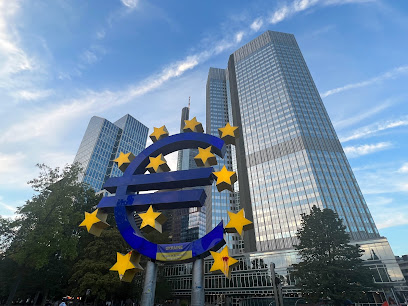
Unmissable attractions to see
Paulsplatz
0.0 km
Experience the vibrant charm and rich history of Paulsplatz, a must-visit attraction in the heart of Frankfurt, Germany.
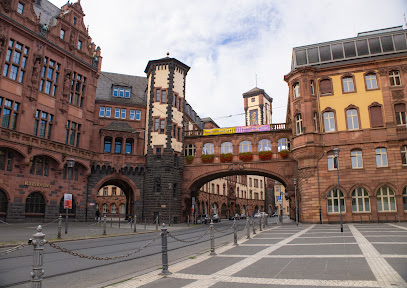
TimeRide Frankfurt
0.1 km
Discover Frankfurt's rich history through immersive experiences at TimeRide, where past meets present in an unforgettable virtual journey.
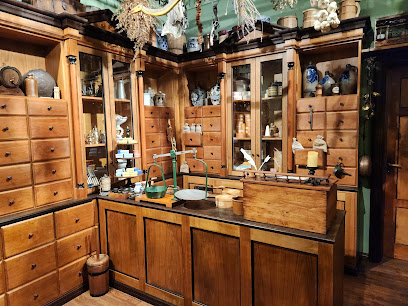
Frankfurt Tourist Information Römer
0.1 km
Explore Frankfurt's history, culture, and attractions at the Römer Tourist Information Center, your essential guide in the heart of the city.
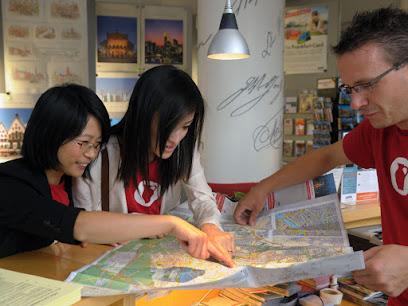
Kaisersaal
0.1 km
Explore the Kaisersaal in Frankfurt, a stunning historical landmark embodying the city's rich cultural heritage and architectural beauty.
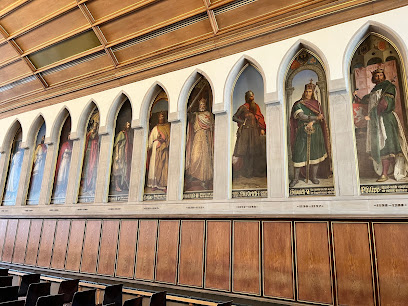
Frankfurter Römer
0.1 km
Explore the iconic Frankfurter Römer, a stunning historical landmark and vibrant plaza in Frankfurt, steeped in culture and rich history.
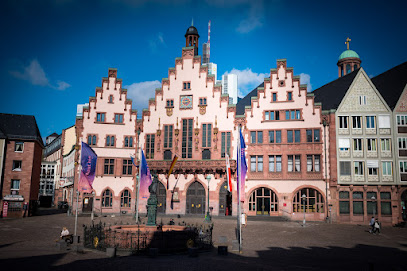
PubCrawl Frankfurt
0.1 km
Explore Frankfurt's vibrant nightlife with PubCrawl Frankfurt, where adventure meets local culture for an unforgettable pub experience.
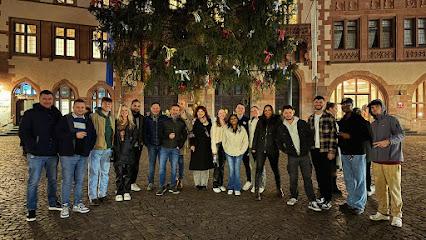
Alten Limpurg
0.1 km
Experience authentic German cuisine in a historic setting at Alten Limpurg, a charming bistro in the heart of Frankfurt's Römerberg.
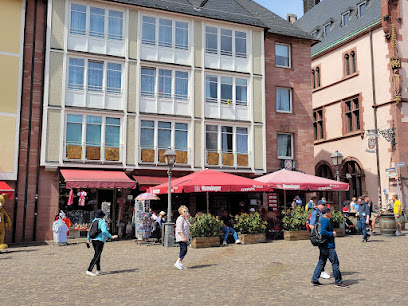
Fountain of Justice
0.1 km
Discover the iconic Fountain of Justice in Frankfurt's Römerberg square, a stunning symbol of justice surrounded by medieval charm and vibrant culture.
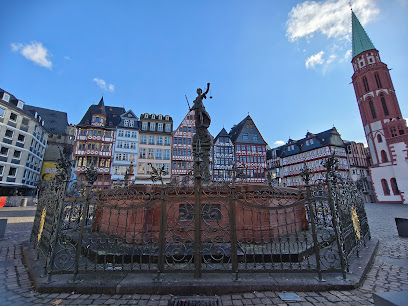
Weihnachtsmarkt am Römer
0.1 km
Experience the festive spirit at Weihnachtsmarkt am Römer, Frankfurt's iconic Christmas market, filled with lights, treats, and holiday cheer.
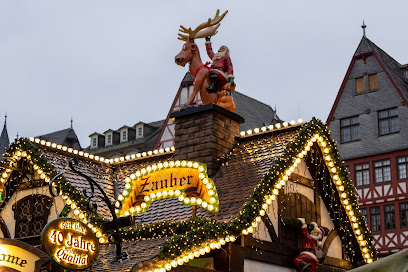
Römerberg
0.1 km
Explore Römerberg, Frankfurt's iconic historical market square, where medieval charm meets vibrant culture and rich history.

Minervabrunnen
0.1 km
Discover the historical charm of Minervabrunnen, a stunning fountain in Frankfurt's Römerberg square, rich in culture and architectural beauty.
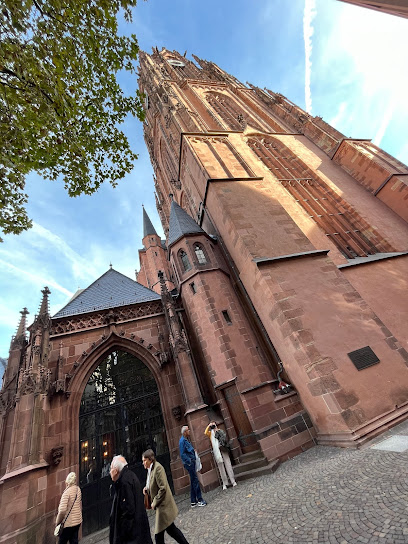
Liebfrauenberg
0.2 km
Experience the enchanting ambiance of Liebfrauenberg, a charming tourist attraction in the heart of Frankfurt, blending history with modern city life.
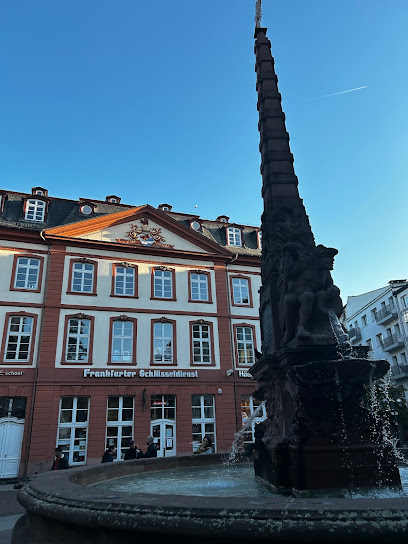
Alte Nikolaikirche
0.2 km
Discover the beauty and history of Alte Nikolaikirche, an architectural gem in Frankfurt's Römerberg, reflecting the city's rich spiritual heritage.
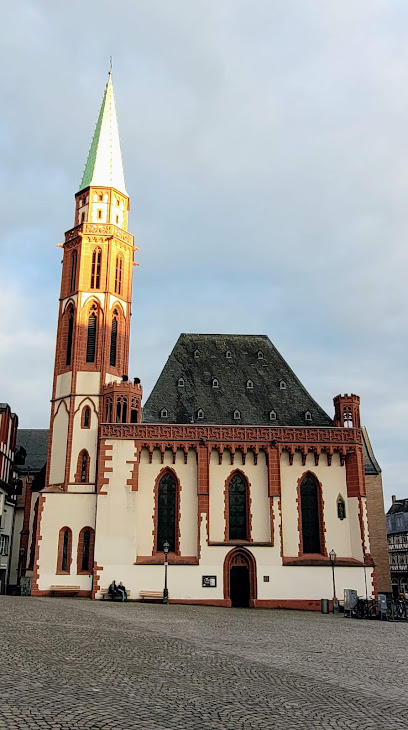
Hühnermarkt
0.2 km
Explore Hühnermarkt, a lively town square in Frankfurt, blending rich history with modern charm and local culture.

Krönungsweg
0.2 km
Explore the enchanting Krönungsweg, a historic landmark in Frankfurt that beautifully blends heritage with vibrant city life.
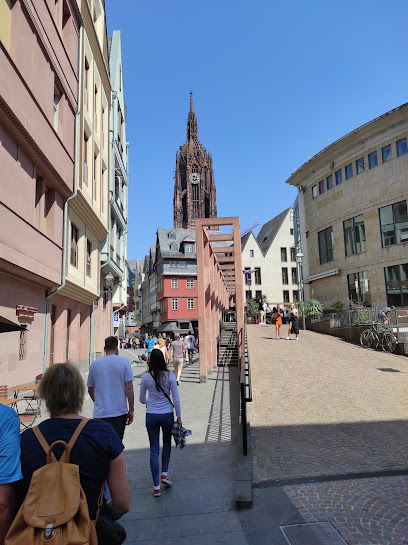
Essential places to dine
Medici
0.2 km
Discover Medici in Frankfurt: A blend of modern European elegance and Mediterranean flavors awaits you.
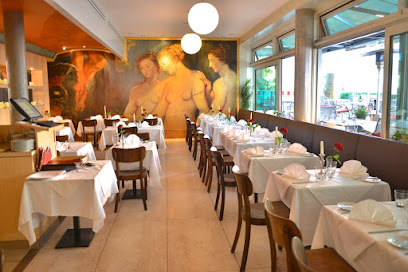
Zum Standesämtchen
0.2 km
Experience authentic German cuisine at Zum Standesämtchen in Frankfurt's vibrant heart—delicious dishes await!
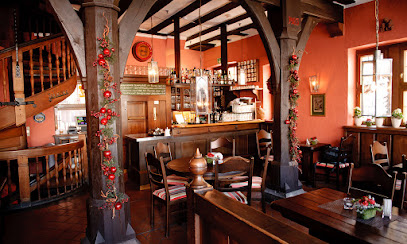
Schwarzer Stern
0.2 km
Experience authentic German cuisine at Schwarzer Stern in Frankfurt—where tradition meets taste in every dish.
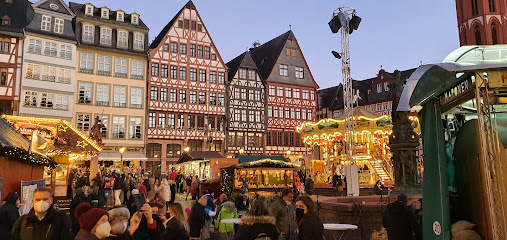
Heimat
0.2 km
Experience exquisite fine dining and exceptional wines at Heimat, Frankfurt's premier wine bar and restaurant.
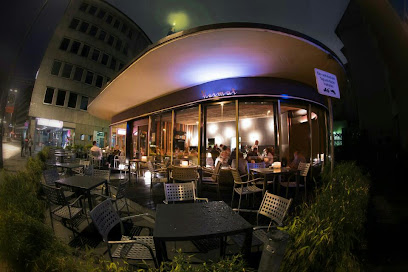
Salzkammer
0.2 km
Discover the authentic flavors of Austria at Salzkammer in Frankfurt – where every dish tells a story.
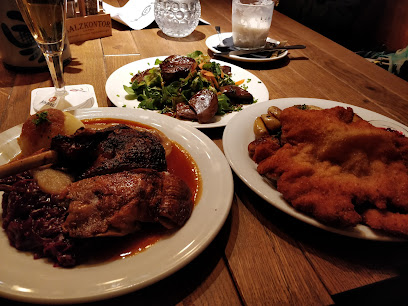
Haus Wertheym
0.2 km
Discover authentic German flavors at Haus Wertheym, where tradition meets taste in the heart of Frankfurt.
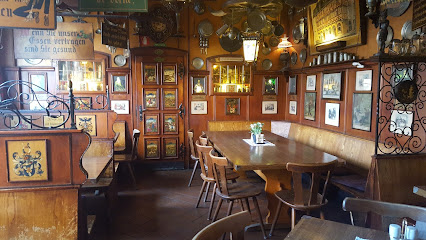
Gaststätte Zum Storch
0.3 km
Discover the charm of traditional German dining at Gaststätte Zum Storch in Frankfurt - where every meal tells a story.
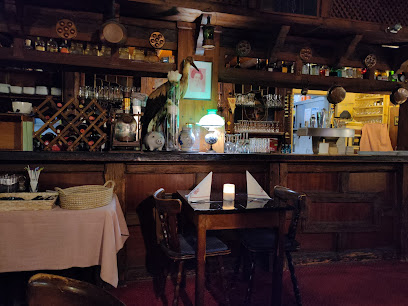
Restaurant Klosterhof
0.3 km
Experience authentic German cuisine at Restaurant Klosterhof in Frankfurt – where tradition meets taste in every dish.
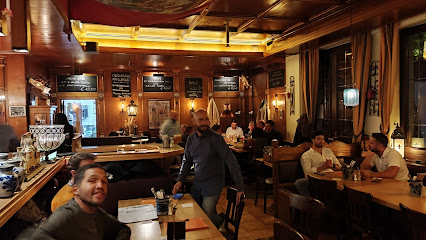
Paulaner am Dom
0.4 km
Savor traditional German flavors at Paulaner am Dom in Frankfurt—where authentic cuisine meets vibrant atmosphere.

SEVEN SWANS
0.5 km
Experience exquisite vegan cuisine at Seven Swans, where innovative dishes meet stunning riverside views in Frankfurt's vibrant culinary scene.
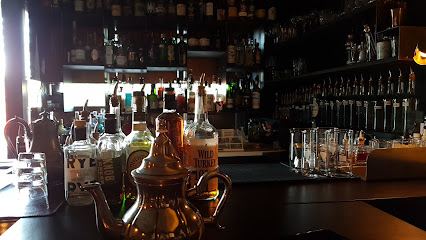
L'Arôme - Fine Cuisine Frankfurt am Main
0.5 km
Experience culinary excellence at L'Arôme in Frankfurt am Main – where innovative dishes meet elegant ambiance.
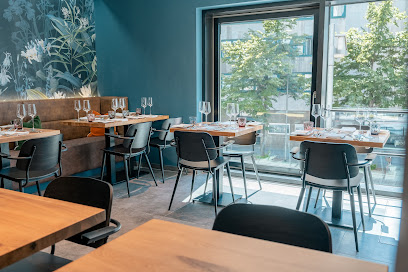
Panamaa Restaurant & Bar - Frankfurt am Main
0.5 km
Experience culinary delight at Panamaa Restaurant & Bar in Frankfurt - where local ingredients meet international flavors.
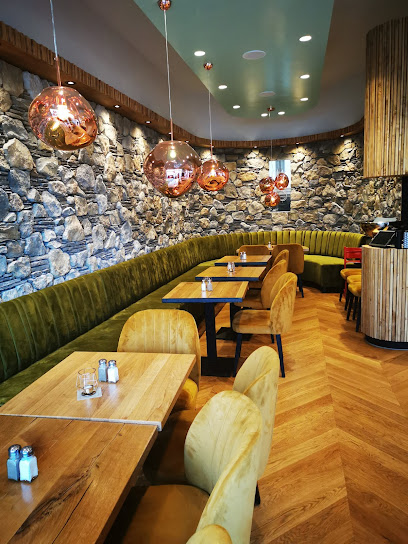
Gasthaus Zum Eisernen Steg
0.5 km
Experience authentic German cuisine at Gasthaus Zum Eisernen Steg by the beautiful River Main in Frankfurt – a must-visit gastropub for every traveler.
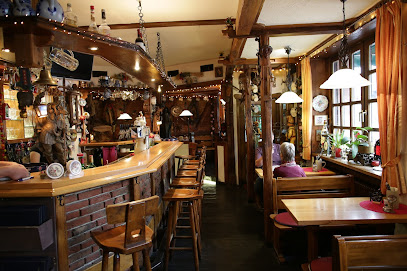
Emma Metzler
0.5 km
Discover Emma Metzler: A delightful bistro offering modern European cuisine along Frankfurt's scenic riverbank.
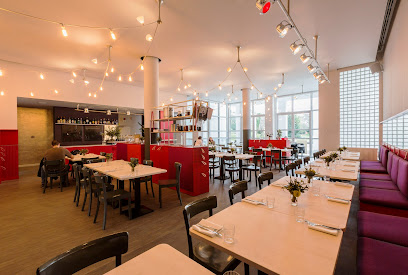
Ristorante Gallo Nero
0.6 km
Experience authentic Italian cuisine at Ristorante Gallo Nero, where every dish tells a story and every meal is a celebration.

Markets, malls and hidden boutiques
Handwerkskunst Frankfurt
0.1 km
Explore Handwerkskunst Frankfurt for unique handicrafts and gifts that embody the spirit of local artistry and craftsmanship.
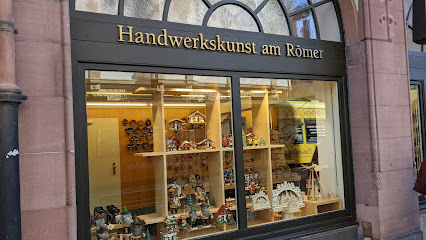
Carhartt WIP Store Frankfurt
0.1 km
Discover the essence of streetwear at Carhartt WIP Store Frankfurt, where fashion meets function in a stylish urban setting.
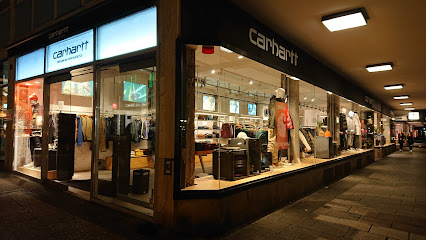
Blutsgeschwister Frankfurt – Zeiltänzerin
0.1 km
Explore Blutsgeschwister Frankfurt for unique women's clothing that blends creativity with style, nestled in the vibrant heart of the city.

Philokalist Store
0.1 km
Explore the Philokalist Store in Frankfurt for unique gifts, handcrafted candles, and exquisite local products that reflect the city's artistic spirit.
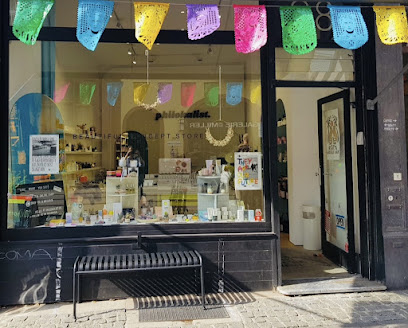
Australien Shop Frankfurt
0.1 km
Experience the essence of Australia in Frankfurt with unique leather goods, clothing, and authentic food products at the Australian Shop.
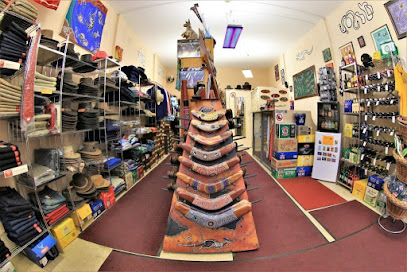
Teddy-Paradise
0.2 km
Experience the magic of toys at Teddy-Paradise in Frankfurt, the ultimate destination for playful spirits and unforgettable memories.
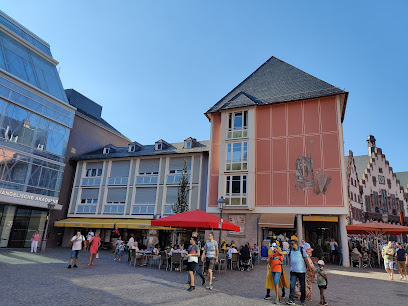
VIVIRY Abendkleider Frankfurt
0.2 km
Discover elegance at VIVIRY Abendkleider in Frankfurt, the perfect destination for exquisite evening wear and stylish accessories.
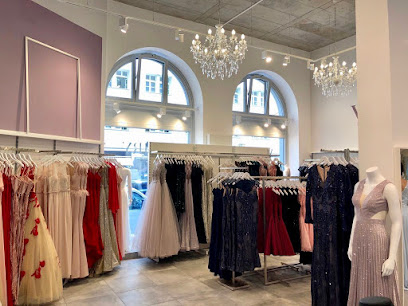
Hessen Shop Kleinmarkthalle
0.2 km
Discover local flavors and unique souvenirs at Hessen Shop Kleinmarkthalle, a vibrant market in the heart of Frankfurt.
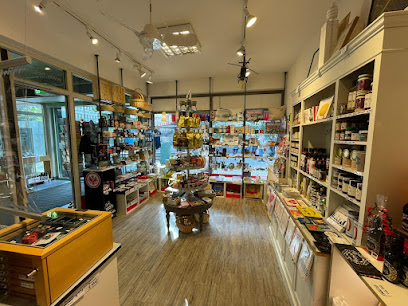
Kulturothek
0.2 km
Explore Kulturothek, Frankfurt's charming souvenir store, offering unique gifts that capture the city's vibrant culture and artistry.
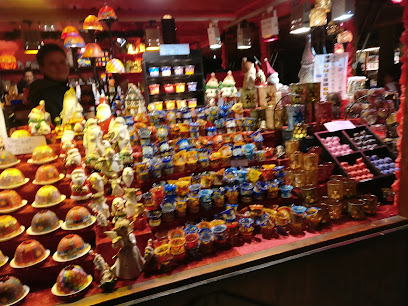
Scarlett Second Hand Boutique
0.2 km
Explore sustainable fashion at Scarlett Second Hand Boutique, where unique pre-loved clothing meets vibrant Frankfurt style.
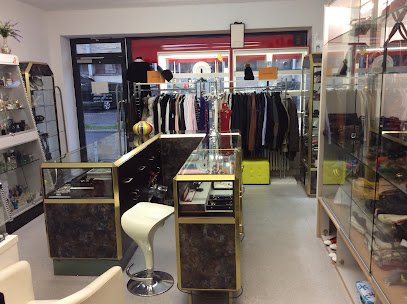
Urban Outfitters
0.2 km
Discover unique fashion and home goods at Urban Outfitters in Frankfurt, where trendy styles meet eclectic finds in a vibrant shopping environment.
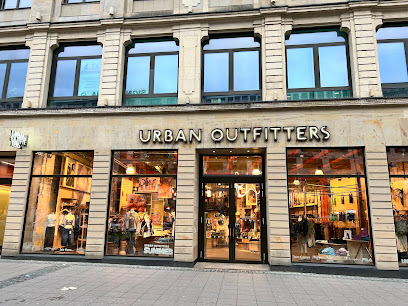
hessnatur Store Frankfurt
0.3 km
Explore eco-friendly fashion at hessnatur Store in Frankfurt, where style meets sustainability for the entire family.
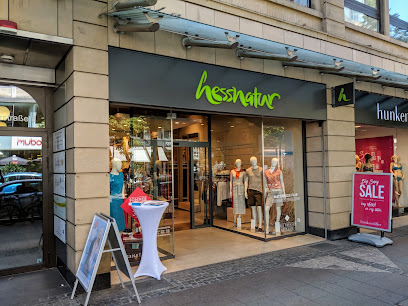
Souvenirs am Dom
0.3 km
Discover unique gifts and local crafts at Souvenirs am Dom, the perfect place to find keepsakes from Frankfurt.
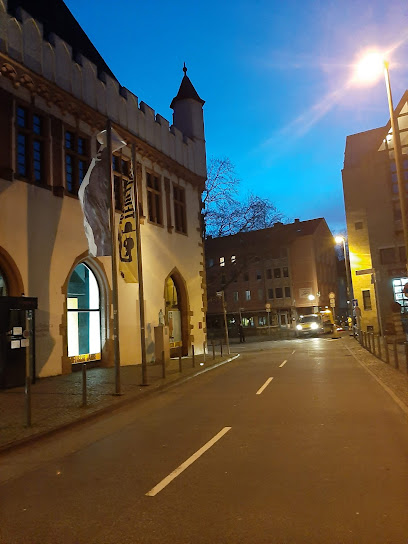
& Other Stories
0.3 km
Discover contemporary women's fashion and stylish accessories at & Other Stories in the heart of Frankfurt, a must-visit for fashion-savvy tourists.
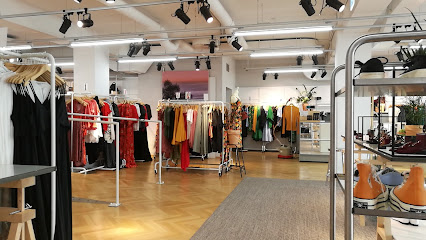
Kauf Dich Glücklich Frankfurt
0.3 km
Discover trendy fashion and unique lifestyle products at Kauf Dich Glücklich Frankfurt, a vibrant clothing store in the heart of the city.
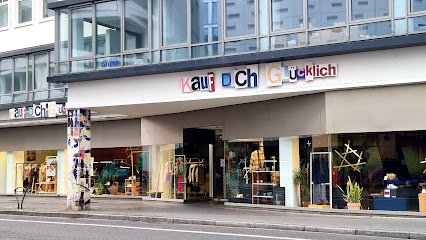
Essential bars & hidden hideouts
theplacetobe
0.1 km
Discover the vibrant atmosphere of The Place to Be, a quirky bar in Frankfurt offering affordable drinks and a welcoming vibe.
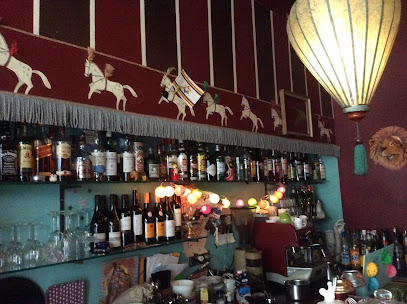
Bar Helium Frankfurt am Main
0.2 km
Experience the vibrant nightlife at Bar Helium in Frankfurt, where innovative cocktails and a lively atmosphere await you.
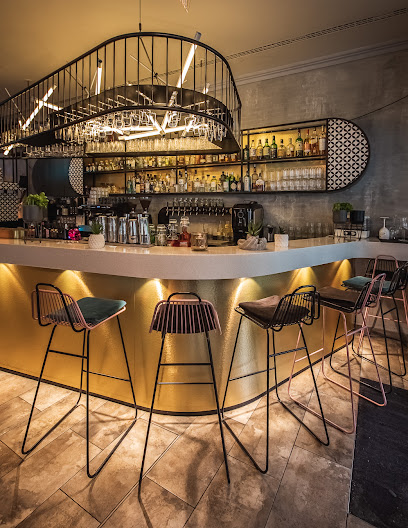
Bar Helium Frankfurt
0.2 km
Discover Bar Helium Frankfurt, where innovative cocktails and vibrant atmosphere come together for an unforgettable night out in the heart of the city.
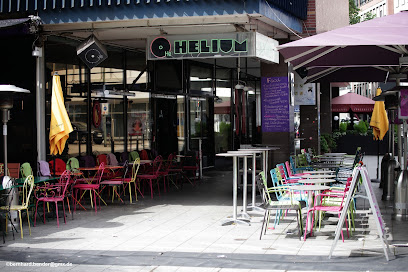
Sullivan
0.4 km
Discover Sullivan, Frankfurt's premier cocktail bar, where exquisite drinks and a vibrant atmosphere await you in the city's nightlife scene.
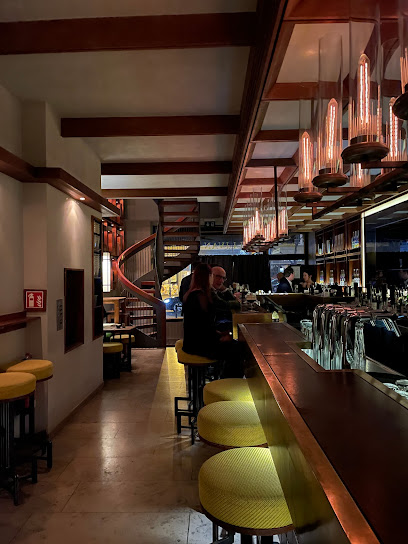
Embury Bar Frankfurt am Main
0.4 km
Discover Embury Bar in Frankfurt am Main, where innovative cocktails and live music create an unforgettable nightlife experience.
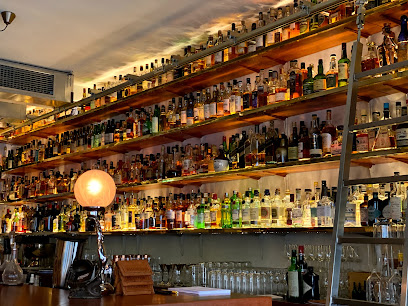
Rote Bar
0.4 km
Experience the best of Frankfurt's nightlife at Rote Bar, a cocktail gem offering exquisite drinks and breathtaking riverside views.
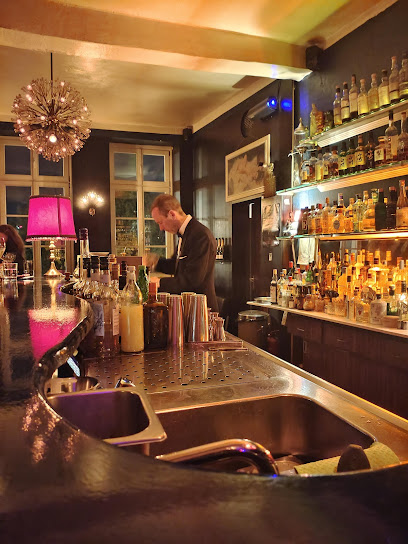
The Tiny Cup
0.5 km
Discover the cozy ambiance and unique drinks at The Tiny Cup, a top bar on the banks of the Main River in Frankfurt, perfect for relaxing with friends.
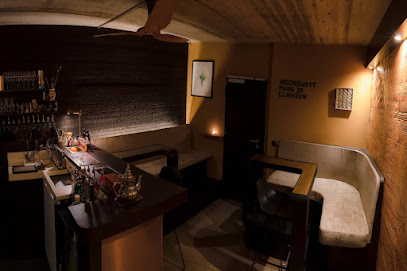
Luna Bar - Frankfurt
0.5 km
Experience the pulse of Frankfurt's nightlife at Luna Bar, where creative cocktails and an electric atmosphere come together for an unforgettable night.
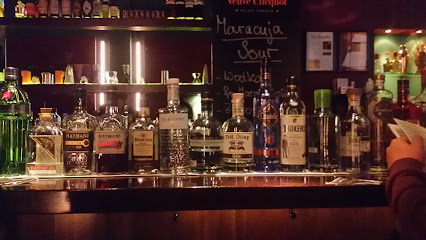
moloko+
0.5 km
Experience vibrant nightlife at moloko+, Frankfurt's trendy cocktail bar offering innovative drinks and a lively atmosphere.
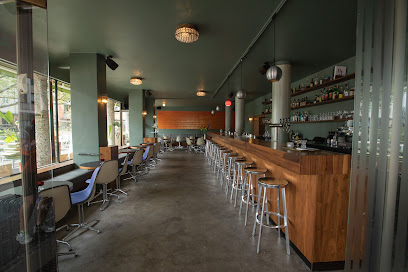
Birmingham Pub - Frankfurt am Main
0.5 km
Discover Birmingham Pub in Frankfurt: A lively Irish pub offering great drinks, traditional food, and a warm atmosphere perfect for relaxation and socializing.
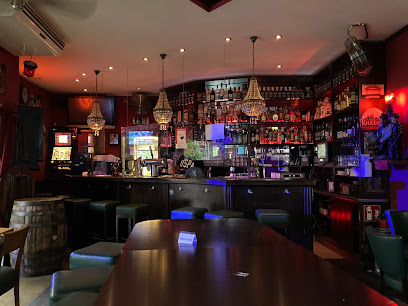
Die Bar
0.6 km
Experience the vibrant nightlife at Die Bar in Frankfurt, where cocktails and camaraderie come together in a lively setting.

barhundert - Frankfurt am Main
0.6 km
Discover Barhundert in Frankfurt - an upscale bar blending innovative cocktails with a lively atmosphere for a perfect night out.
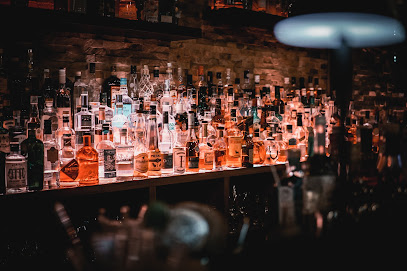
Pearly Gates
0.7 km
Discover the vibrant nightlife at Pearly Gates, a chic bar in Frankfurt offering exquisite cocktails and an inviting atmosphere.

amp
0.7 km
Experience the vibrant nightlife at Amp, a lively bar in Frankfurt, offering great drinks, music, and unforgettable social moments.
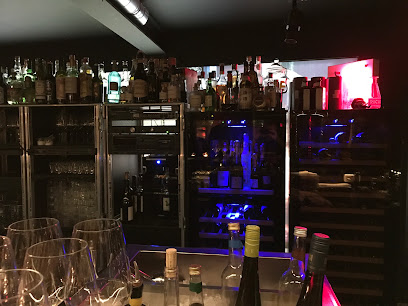
Berliner Keller Frankfurt
0.8 km
Experience the vibrant nightlife of Frankfurt at Berliner Keller, where exquisite cocktails and live music create unforgettable moments.
